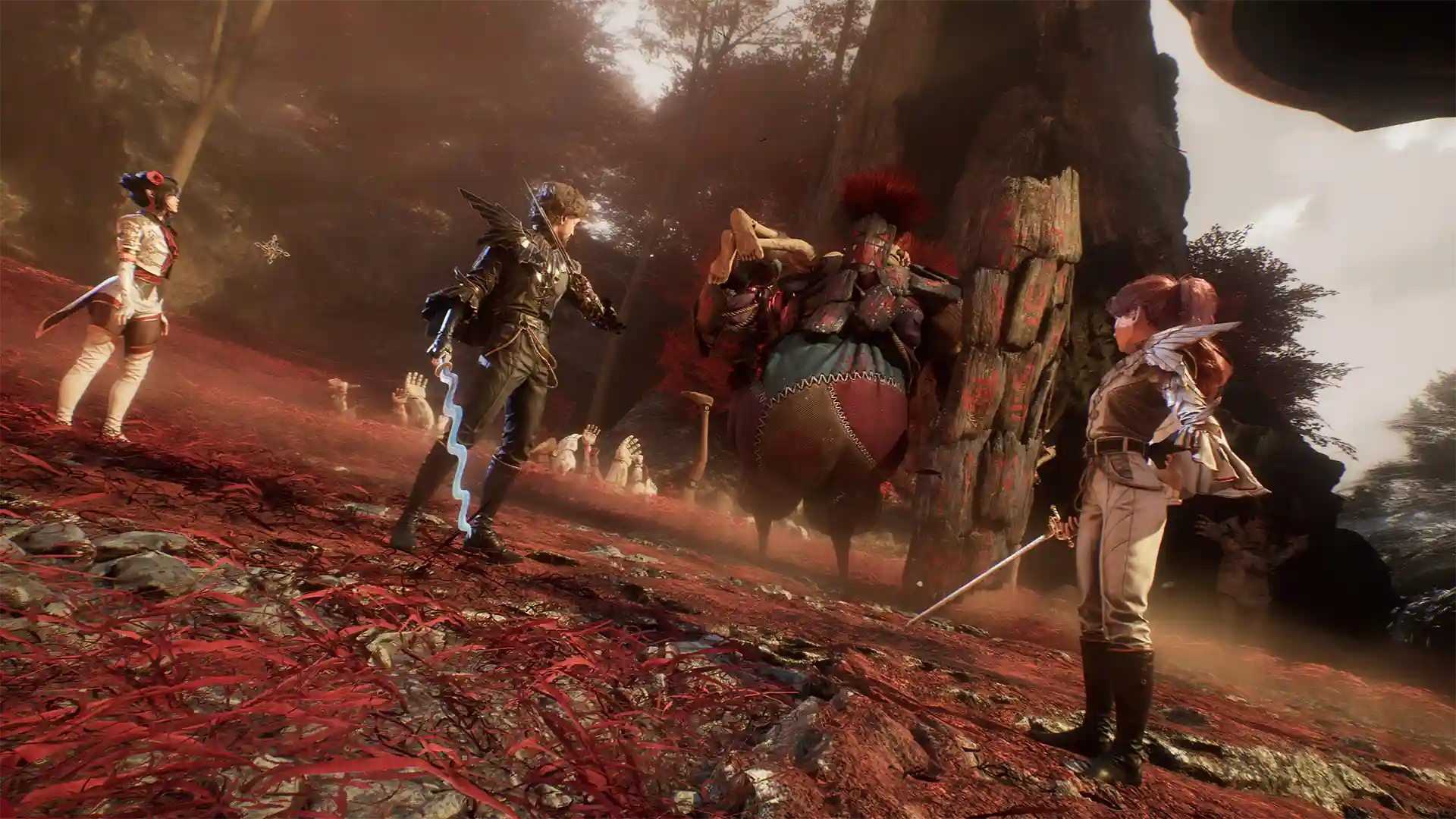David Gaider, a former lead writer for Dragon Age, recently shared thoughts on how games like Clair Obscur: Expedition 33 and Baldur’s Gate 3 stand as milestones for their respective genres. According to him, these titles don’t merely fulfill expectations—they reshape them, reaching players who normally wouldn’t engage with JRPGs or CRPGs. Gaider compared Clair Obscur to what Baldur’s Gate 3 did for classic Western RPGs, calling both a “love letter” to their genres capable of resonating with wider audiences.
Rethinking Audience Limitations
Reflecting on his past experience at Electronic Arts, Gaider discussed how publishers often underestimate the potential reach of RPGs. At the time, internal estimates capped the RPG audience at about five million players. However, Baldur’s Gate 3‘s sales significantly exceeded these projections, challenging the notion that genre limitations are fixed.
He emphasized that the real factor behind such growth is quality. A strong product doesn’t just sell—it breaks through perceived market ceilings. The success of Baldur’s Gate 3 serves as evidence that a well-crafted RPG can reach well beyond its traditional fanbase, given the right vision and time to evolve.
Going Beyond Being Just “Good”
Gaider drew a clear line between games that are simply good and those that are truly exceptional. While the market is saturated with quality titles, only a few manage to leave a lasting impact or redefine expectations. Many strong games fail to achieve commercial success, and even critically praised titles like Dragon Age: The Veilguard may not generate enough interest to sustain a franchise.
What sets Clair Obscur and Baldur’s Gate 3 apart, he said, is not merely their execution, but their ability to use familiar genre mechanics in innovative and inviting ways. These games don’t necessarily reinvent the wheel. Instead, they refine existing ideas and present them with a fresh level of accessibility, drawing in players who might otherwise overlook them.
Creating Space For New Players
According to Gaider, Clair Obscur succeeds not because it introduces new mechanics, but because it curates existing ones in a way that broadens appeal. It bundles current trends into a streamlined experience that even non-JRPG fans can appreciate. The result is a gateway title—one that invites exploration of a genre without overwhelming its audience.
This approach mirrors how Baldur’s Gate 3 brought complex CRPG systems to the forefront while maintaining clarity and immersion. Both games demonstrate how targeting a core audience with precision and passion can ironically grow that audience rather than limit it.
Why Development Time Matters
One of the core lessons Gaider highlighted is the importance of allowing a game to develop at its own pace. He praised the extended early access period that Baldur’s Gate 3 underwent, which not only polished gameplay but also built community interest organically.
Similarly, Clair Obscur benefited from an independent production cycle. The game’s director, Guillaume Broche, noted earlier this month that the project would likely have faced lengthy approval delays at a larger publisher like Ubisoft. The freedom provided by its development circumstances allowed the title to evolve into something distinct and compelling.
Balancing Appeal Without Dilution
Gaider criticized the prevailing tendency in large studios to water down game design in the name of broader appeal. He argued that in trying to satisfy too many player types, developers often lose the unique traits that make their game stand out. By contrast, Baldur’s Gate 3 and Clair Obscur each focused on excelling in their respective niches with such clarity and intensity that they naturally drew attention from players outside those niches.
Proof In The Numbers
The success of these titles is not just anecdotal—it’s measurable. Baldur’s Gate 3 continues to hold strong on Steam charts nearly two years after its release. Clair Obscur, although much newer, is already showing strong player engagement, impressive user scores, and high concurrent numbers, particularly impressive for a game in a relatively niche subgenre.
These achievements underline Gaider’s belief: when developers invest time and creativity into their games without succumbing to generic design mandates, they not only satisfy fans but expand the boundaries of what those genres can achieve.
